Frequently Asked Questions
1. What is a pocket knife?
2. What types of pocket knives are available?
3. What factors should I consider when choosing a pocket knife?
4. How do I maintain my pocket knife?
5. Are there legal considerations when carrying a pocket knife?
When it comes to versatile tools, few can match the utility and convenience of a pocket knife. Whether you're an outdoor adventurer, a DIY enthusiast, or someone who simply enjoys tackling everyday tasks with style, having the right pocket knife can make all the difference. In this comprehensive guide, we will explore the essential factors to consider when selecting a pocket knife that suits your specific needs. From size and blade type to materials and features, we’ll help you make an informed decision. Let’s dive into how to choose the right EDC knives (Everyday Carry knives) for your lifestyle!
Understanding the Basics of Pocket Knives
A pocket knife is a folding knife designed to fit in your pocket, combining portability with functionality. It’s a tool that can serve various purposes, making it an essential item for many. However, with numerous options available in the market, it’s crucial to understand the different types of pocket knives, especially when considering EDC knives.
Types of Pocket Knives
Before you shop for your ideal knife, it's essential to know the primary types available:
- Folding Knives: These are the most common type of pocket knives, featuring a folding blade that easily fits into your pocket.
- Fixed Blade Knives: While less portable, they offer greater strength and reliability for heavy-duty tasks.
- Multi-tools: A versatile option that combines various tools into one, perfect for those who prefer a multifunctional approach.
- EDC knives: Designed for everyday carry, these are typically compact and lightweight for ease of transport while providing practicality.
Key Factors to Consider
Now that you understand the types of pocket knives available, let’s delve into the key factors that should influence your buying decision. Each factor plays a vital role in ensuring that the knife you choose meets your expectations and needs.
Blade Material
The material of the blade greatly influences performance, durability, and maintenance requirements. Common blade materials include:
- Stainless Steel: Known for its resistance to rust and corrosion, making it an excellent choice for everyday use.
- Carbon Steel: This material offers superior sharpness and edge retention but can rust if not properly cared for.
- Sandvik Steel: A premium stainless steel option that balances sharpness, toughness, and corrosion resistance.
When selecting EDC knives, it's vital to consider your environment. For outdoor activities, a rust-resistant material may be essential, while indoor usage might afford you the luxury of softer metals.
Blade Shape
The shape of the blade also affects how a knife performs for different tasks. Some popular blade shapes include:
- Drop Point: Offers a robust point for excellent control and versatility, making it suitable for various tasks.
- Clip Point: Features a thinner tip, perfect for precise cutting and slicing tasks.
- Spear Point: Ideal for piercing, making it useful for tactical situations.
- Sheepfoot: Known for safety and utility, favorable for slicing, especially in rescue operations.
When considering EDC knives, think about the types of tasks you’ll be performing most often—this will guide you in selecting the optimal blade shape.
Size and Weight
A pocket knife's size and weight cannot be overlooked, especially for those planning to carry it daily. A good balance between compactness and usability is vital. Factors to weigh include:
- Blade Length: Shorter blades (around 2-3 inches) are more portable, while longer blades (4 inches and up) can handle more substantial tasks but are less discreet.
- Overall Weight: Lightweight knives are more comfortable for extended carry, while heavier knives might feel robust and premium.
Locking Mechanism
The locking mechanism of a pocket knife ensures the blade stays securely open during use, providing safety and confidence. Common types of locks include:
- Liner Lock: Utilizes a spring-loaded mechanism for secure blade retention.
- Frame Lock: Similar to the liner lock but uses the knife’s frame to secure the blade.
- Slip Joint: Has no locking mechanism but relies on friction to hold it in position, common in traditional pocket knives.
- Button Lock: Offers easy one-handed operation, making it a popular choice for EDC knives.
Handle Materials and Ergonomics
The handle of your pocket knife is just as important as the blade. It affects grip, comfort, and durability. Consider these common materials:
- Plastic: Lightweight and affordable, but may not provide as secure a grip.
- Wood: Offers a classic look and comfortable grip, but requires more care.
- G10: A composite material that provides excellent grip and durability.
- Aluminum: Offers a balance between lightweight and sturdiness.
Furthermore, consider the ergonomics of the handle. Your pocket knife should feel comfortable in your hand, allowing you to use it for long durations without fatigue.
Purpose and Usage
Think about what you'll primarily use your pocket knife for. This will help narrow down your choices to the most suitable EDC knives. Common uses include:
- Everyday Tasks: If you need a reliable tool for everyday chores like opening packages, a simple folding knife with a versatile blade will work well.
- Outdoor Activities: If you're hiking or camping, you'll want a knife that is durable, lightweight, and rust-resistant.
- Self-Defense: For tactical purposes, consider blades with a more aggressive shape and robust frame lock.
- DIY Projects: Multifunctional tools will be handy for various construction or repair tasks.
Legal Considerations
Before purchasing a pocket knife, it’s vital to review the knife laws in your area. Different states and municipalities have different restrictions regarding blade length, locking mechanisms, and carry methods.
- Carry Styles: Some places only allow non-locking knives or restrict blade lengths.
- Transportation: In certain locations, knives must be transported in a secure manner, such as sheathed or locked away.
Always ensure you’re aware of the laws to avoid legal troubles related to carrying your pocket knife.
Pocket Knife Maintenance
Investing in a pocket knife is just the first step; proper maintenance ensures its longevity and performance. Here are some essential maintenance tips:
- Regular Cleaning: Clean your knife after each use, especially if it has been exposed to moisture or dirt.
- Oiling the Pivot Points: Apply a light machine oil to the pivot points to ensure smooth opening and closing.
- Sharpening: Regularly sharpen your blade using a whetstone or sharpening tool to maintain its edge.
Taking care of your pocket knife not only improves its functionality but also extends its lifespan, providing you a reliable tool for years to come.
Final Thoughts: Your Adventure Awaits!
Choosing the right pocket knife can be an enjoyable yet daunting task, but equipping yourself with the knowledge outlined in this guide will greatly enhance your selection process. From understanding different blade materials and shapes to ensuring you pick the right size and locking mechanisms, every detail matters. Whether you are seeking EDC knives for everyday tasks or a reliable companion for outdoor adventures, the perfect pocket knife awaits you. Happy shopping!


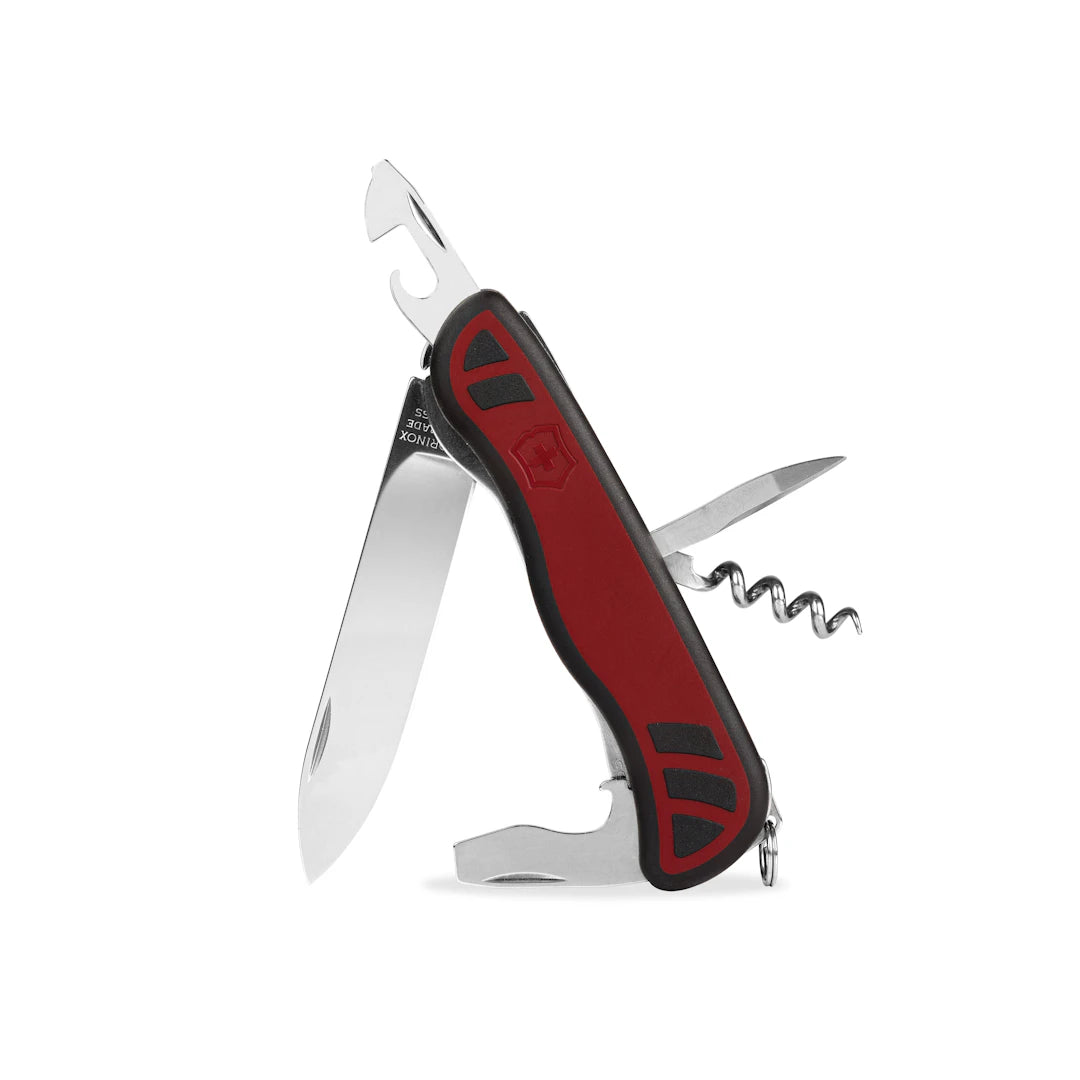



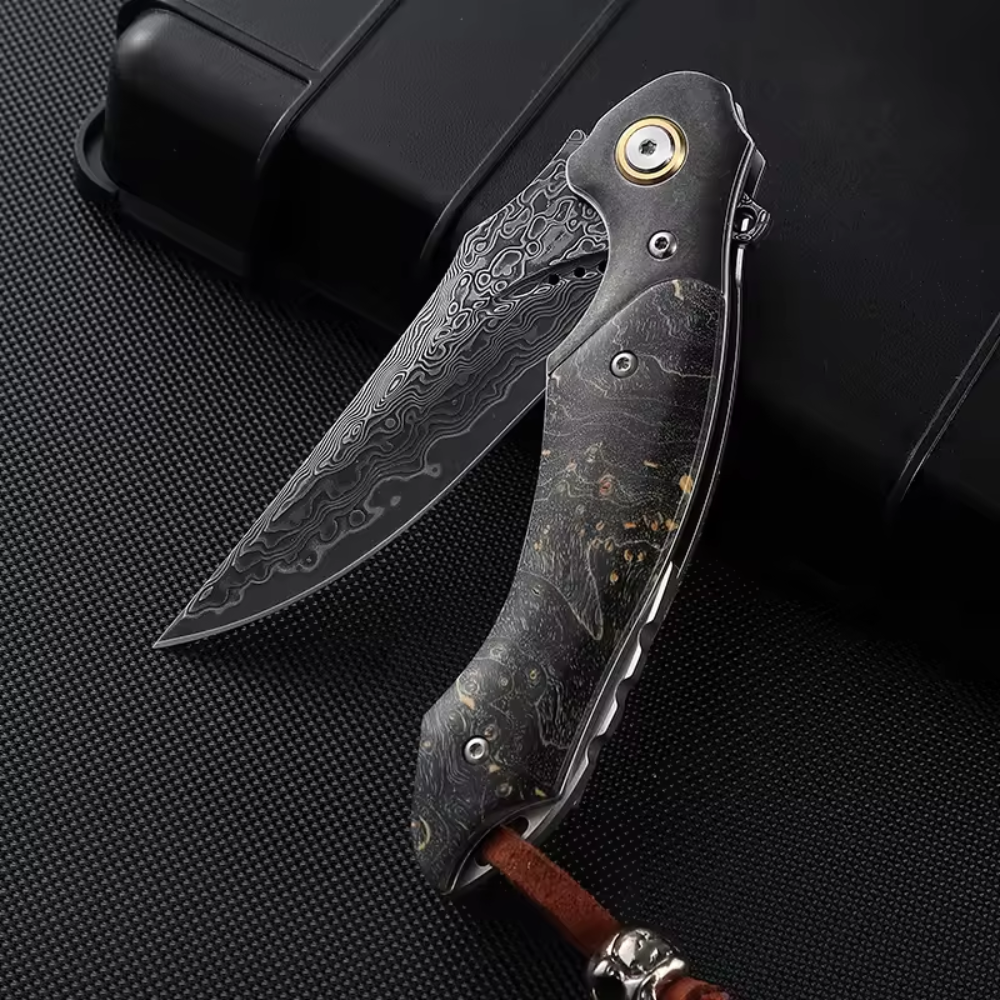
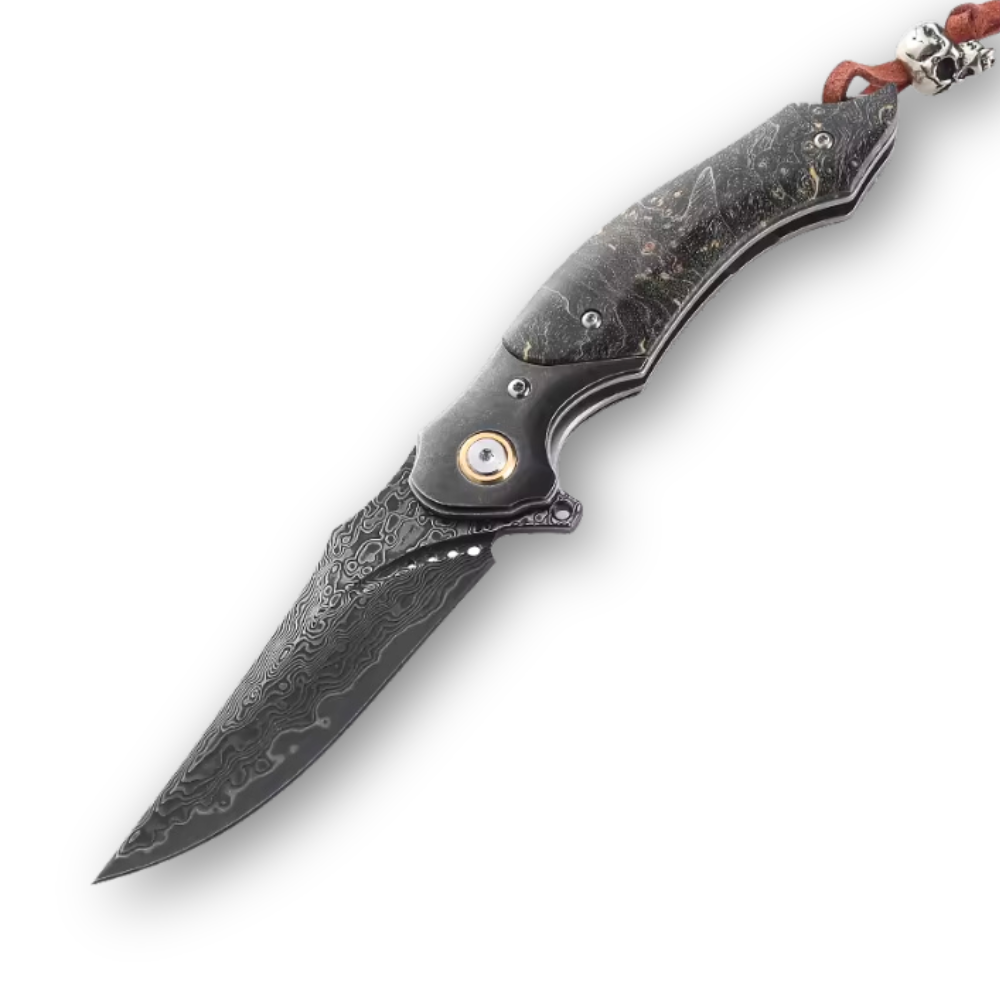
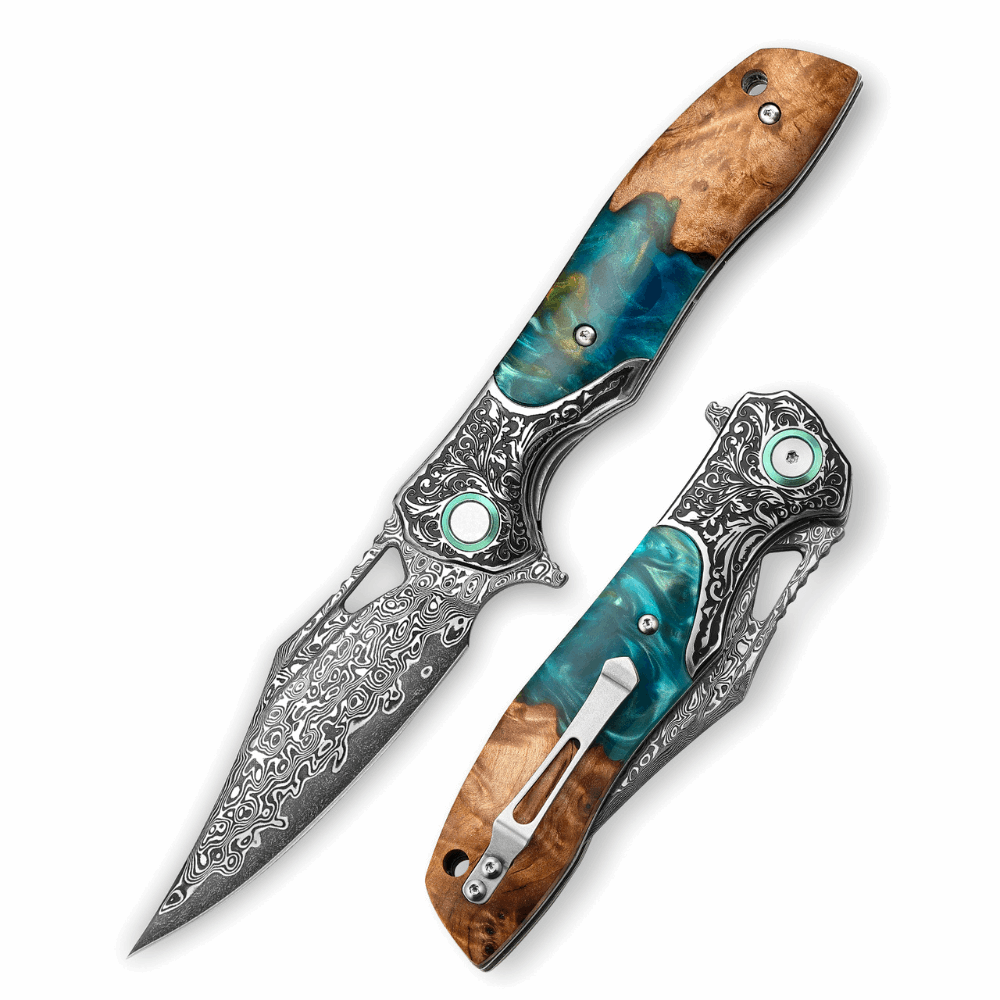
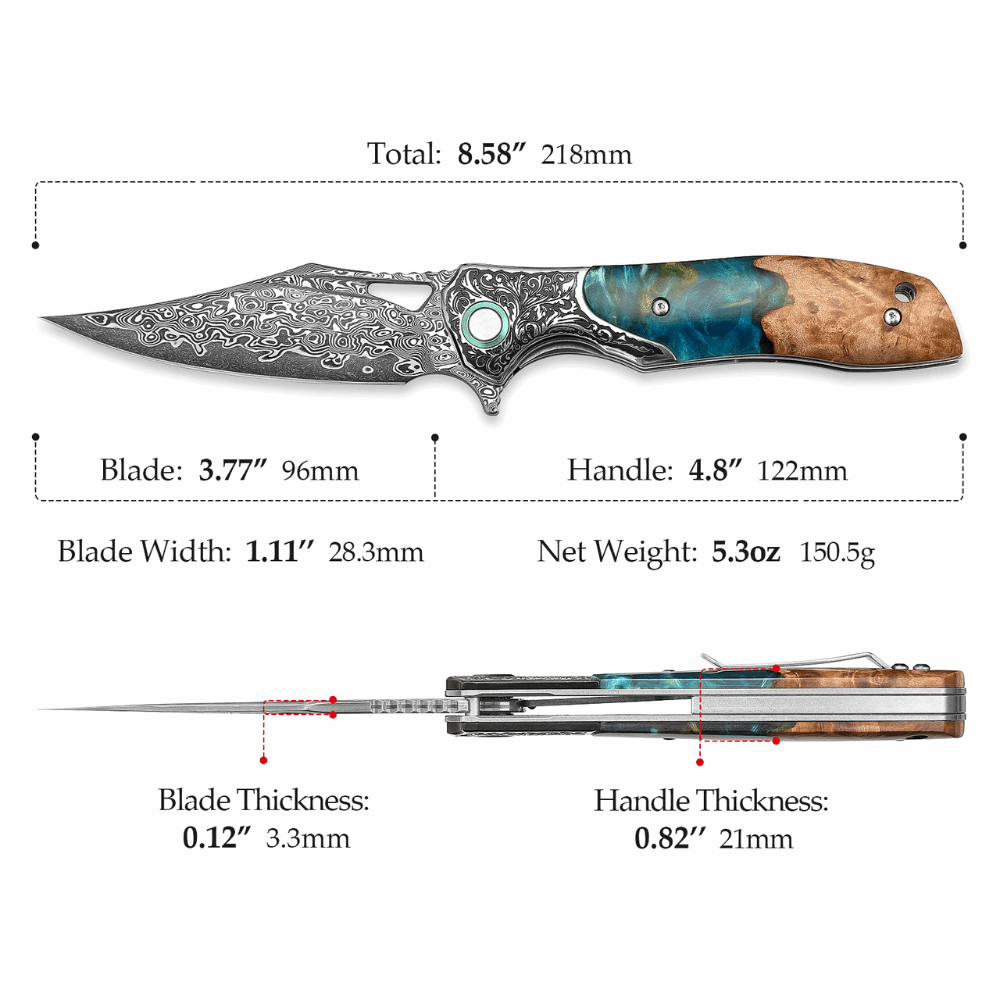
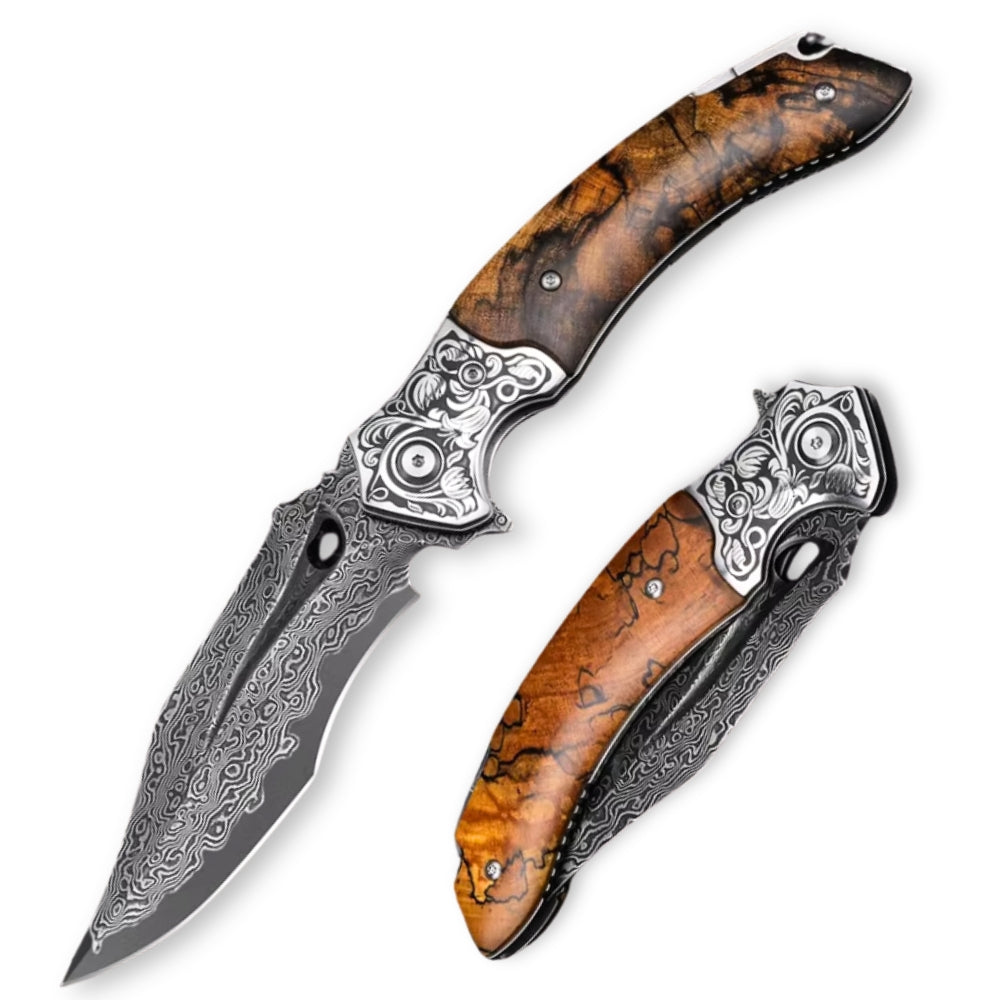
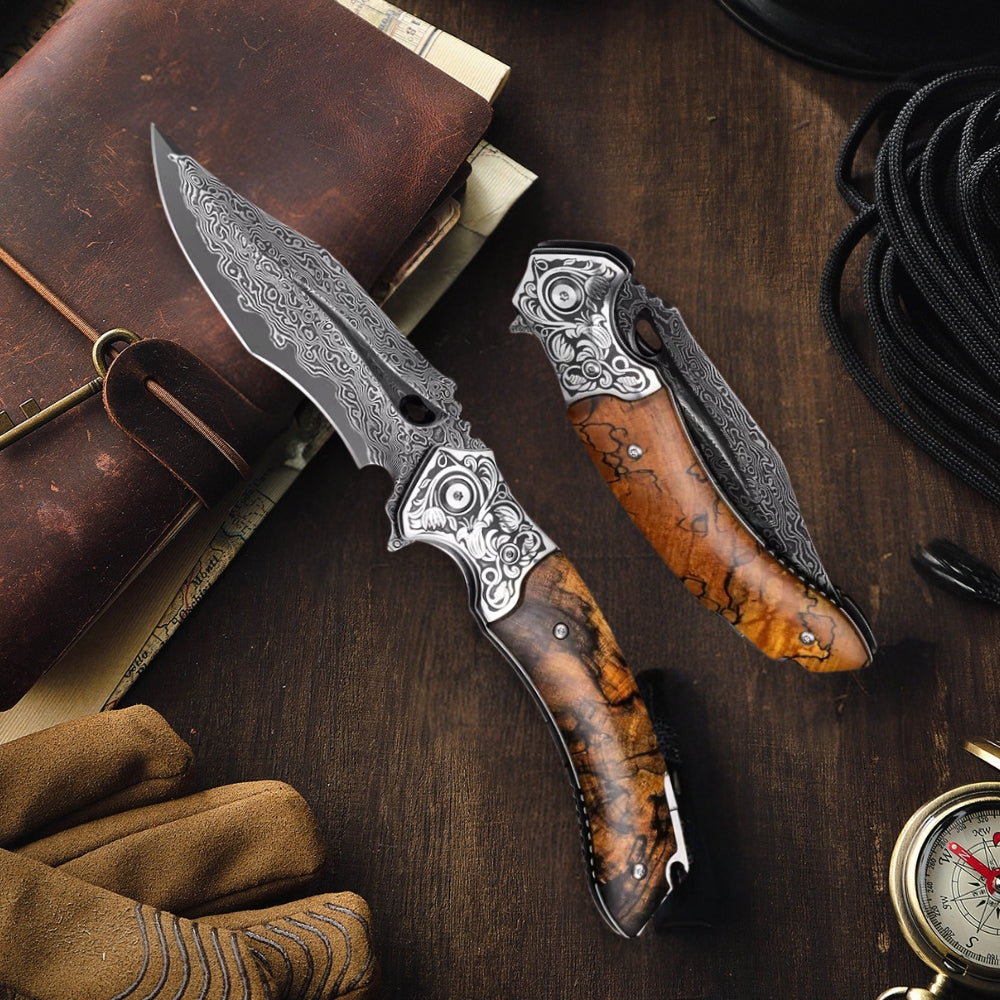
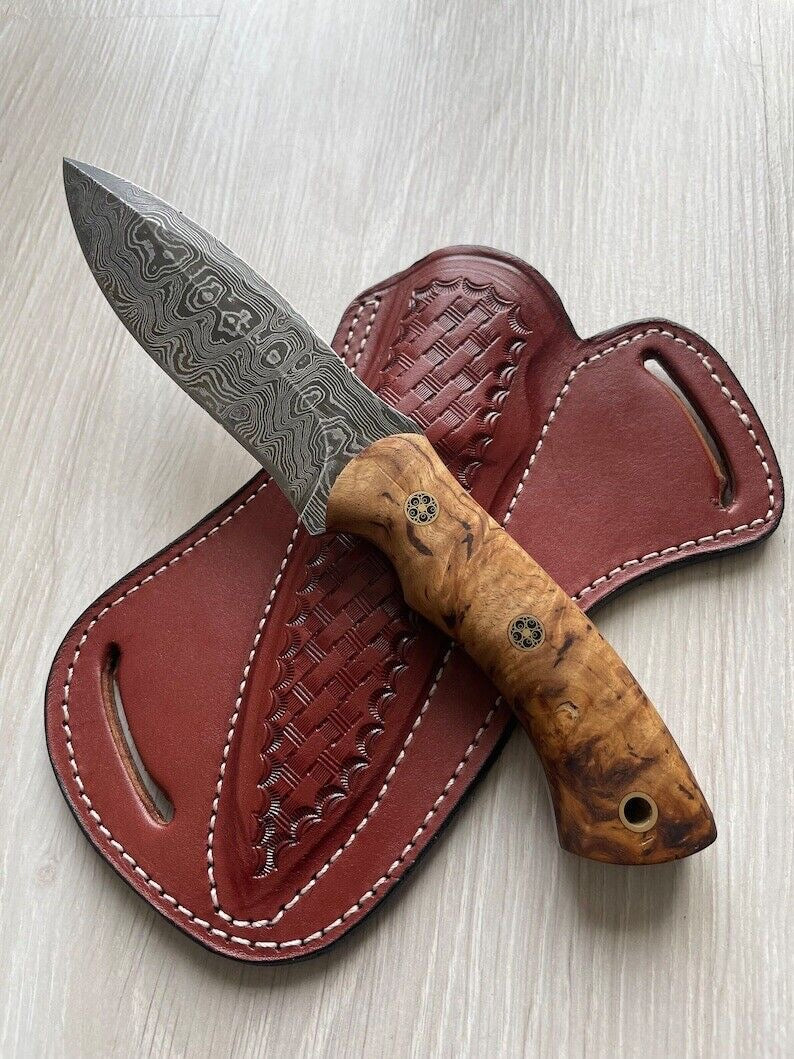
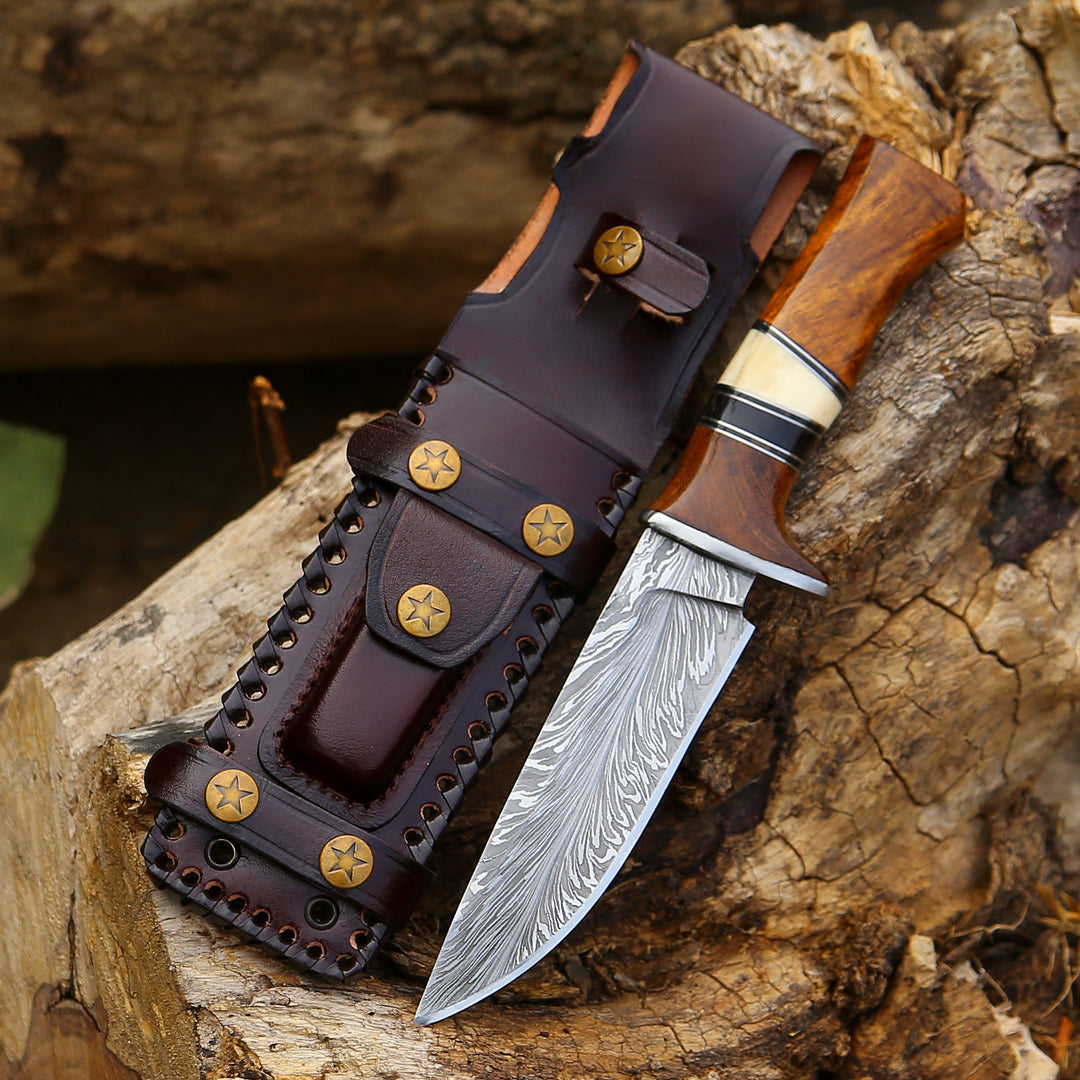
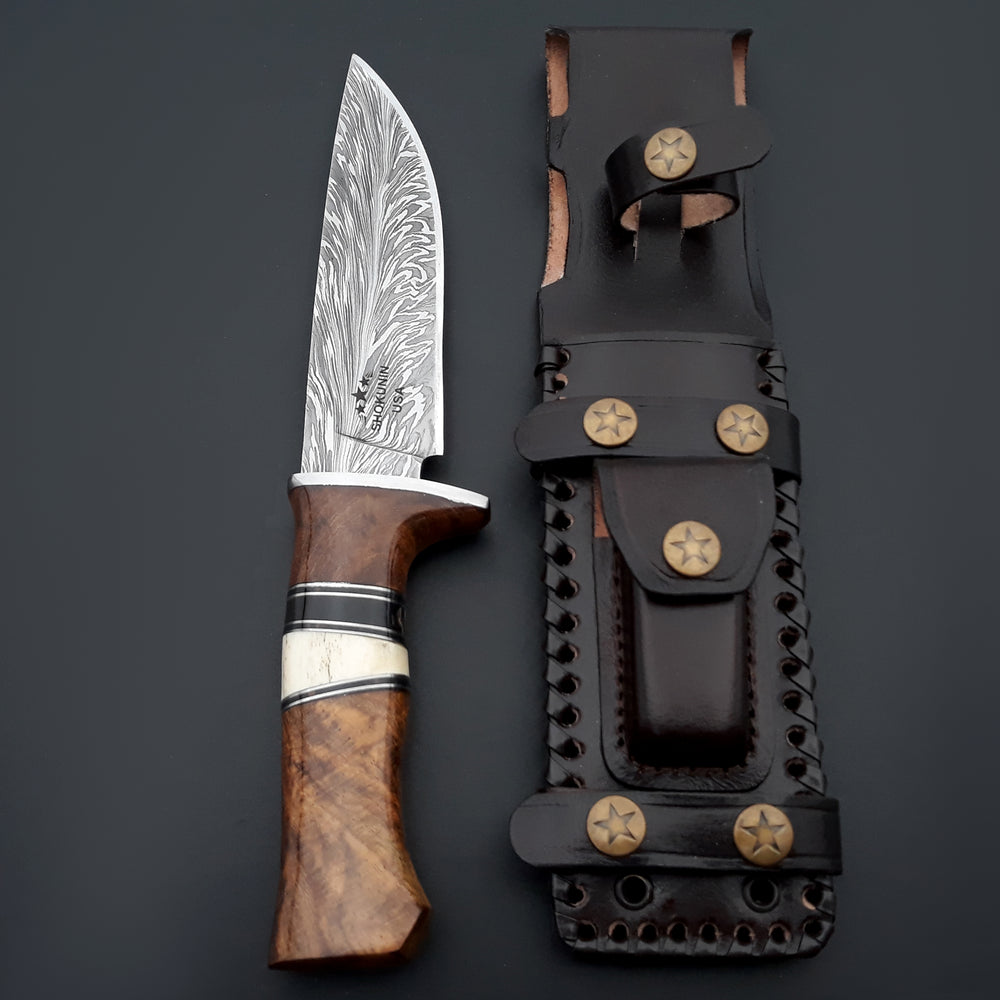
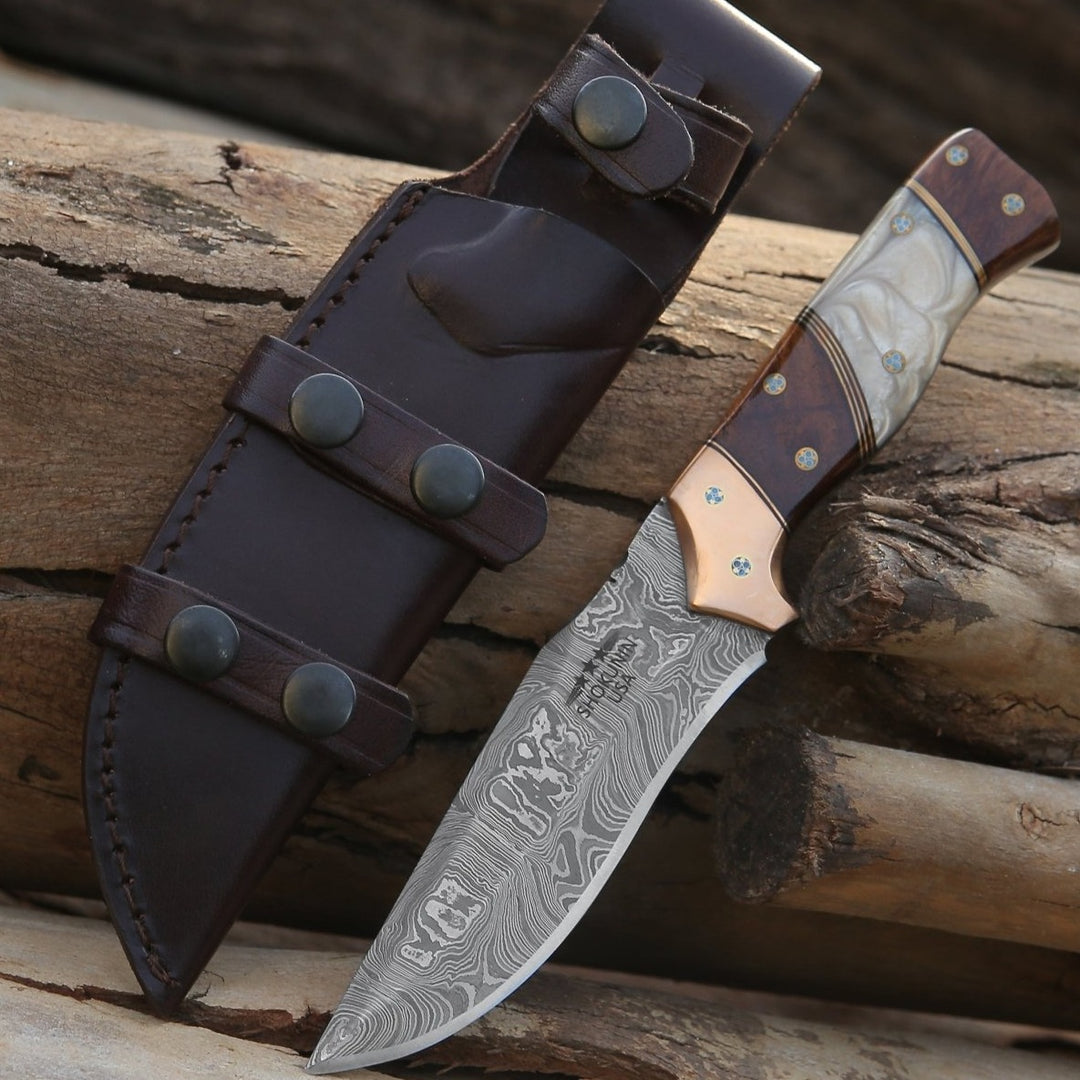
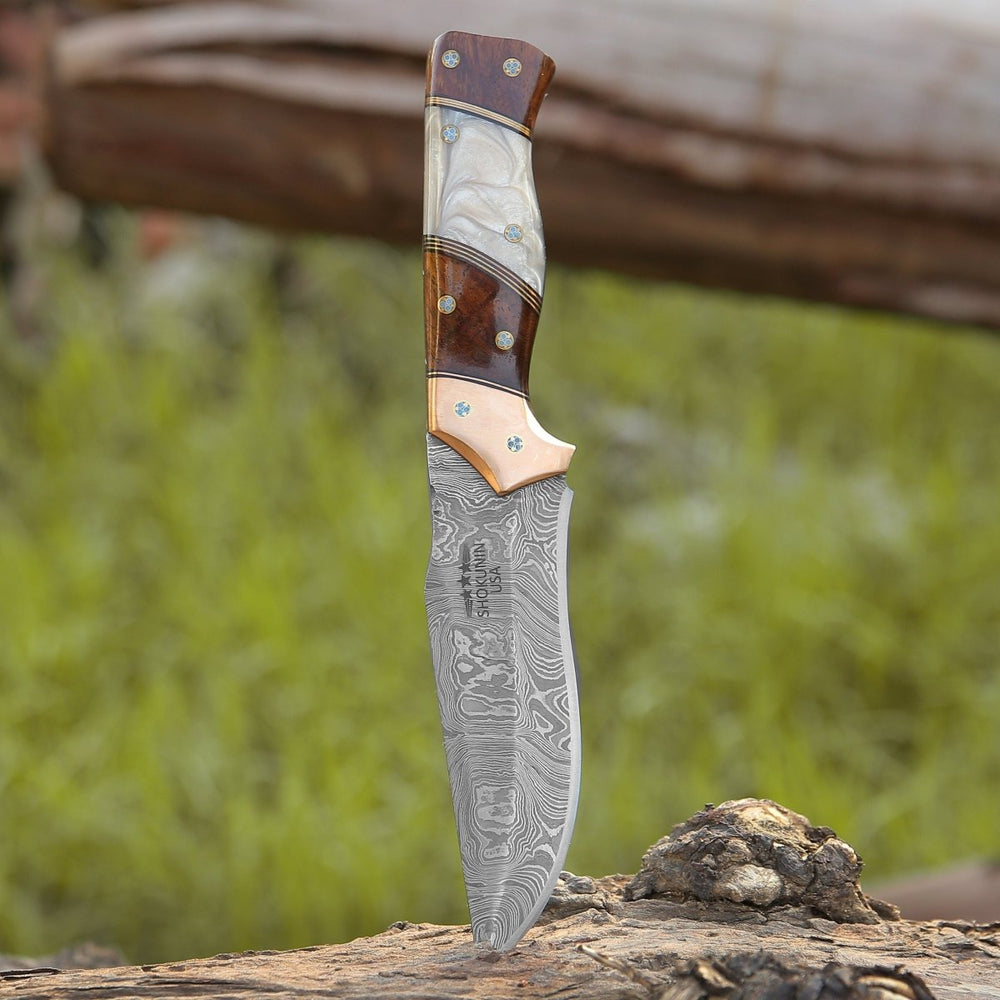
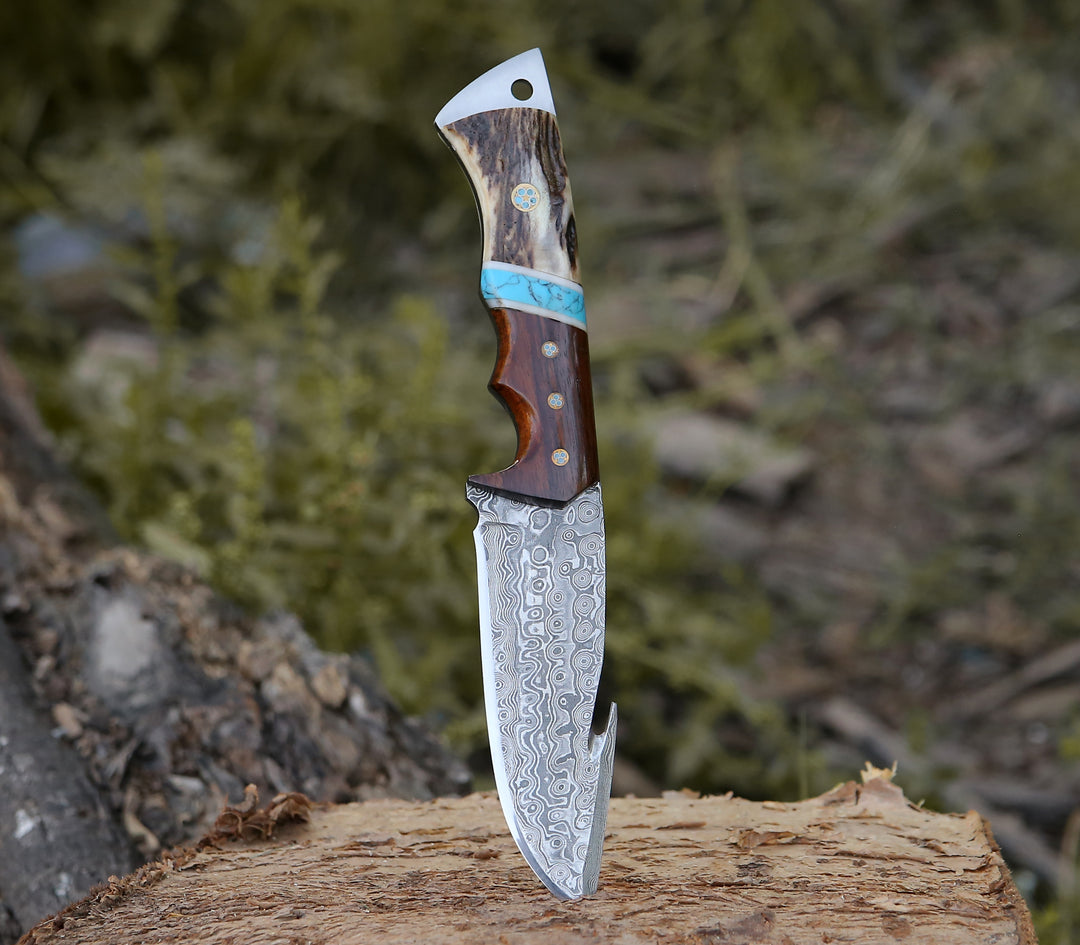
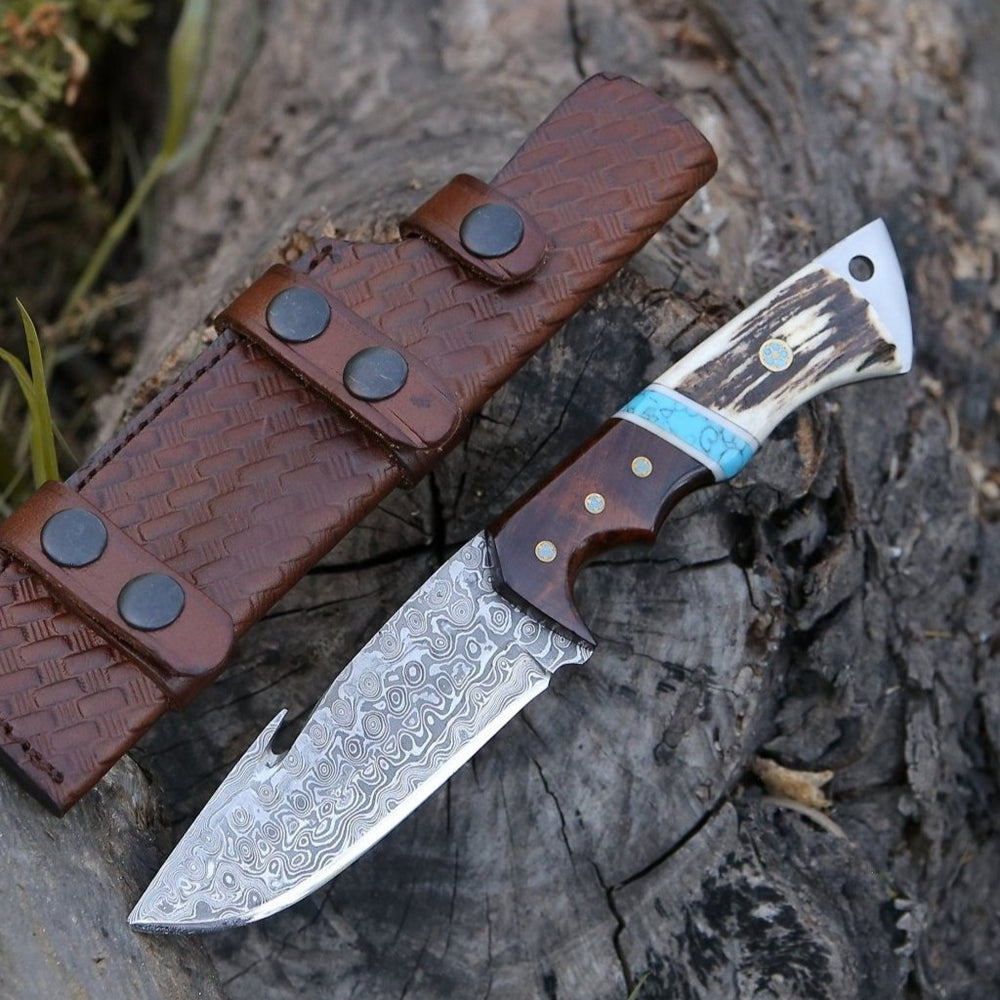
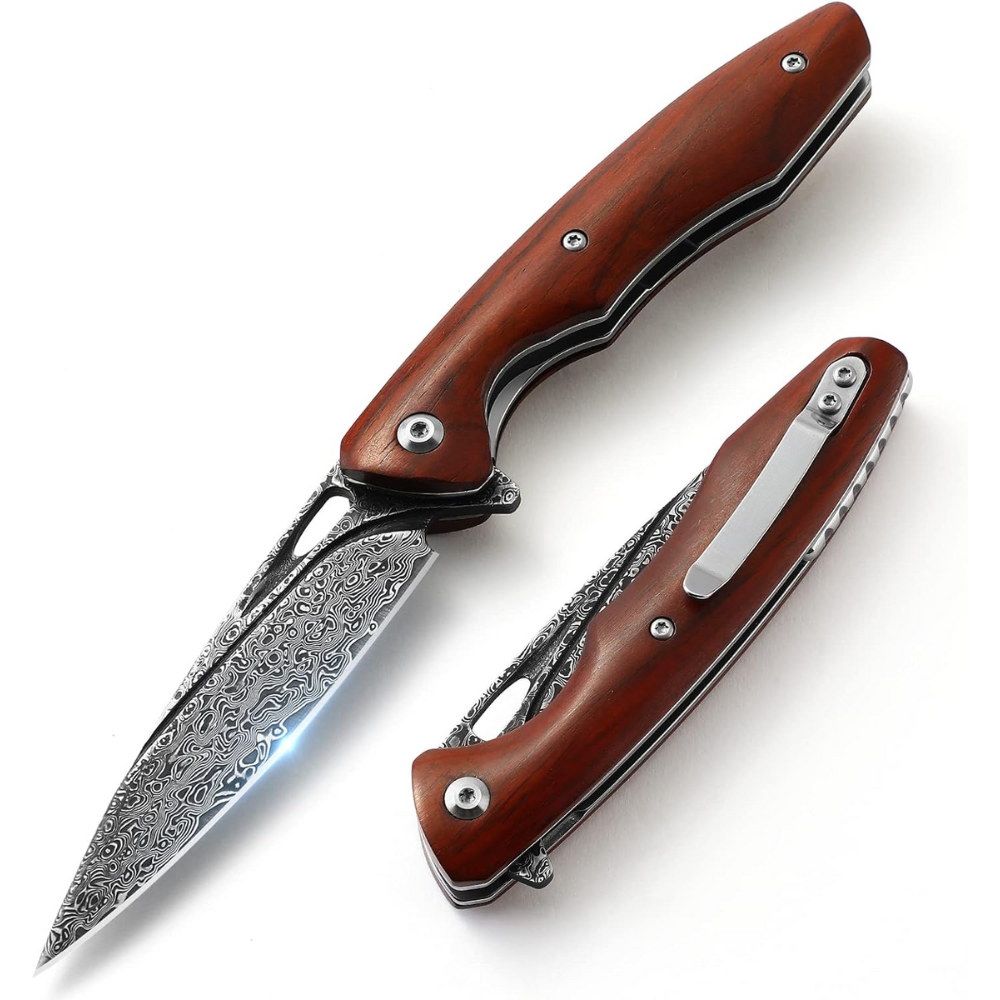
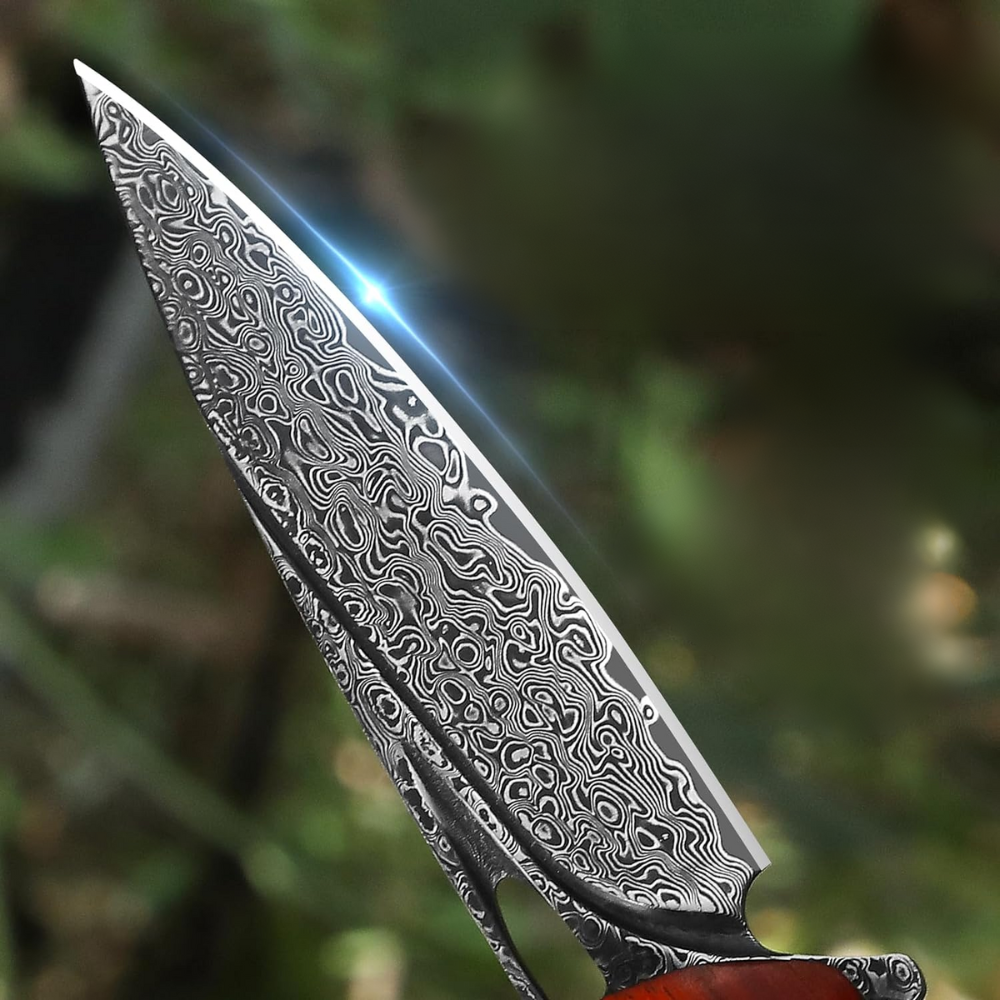

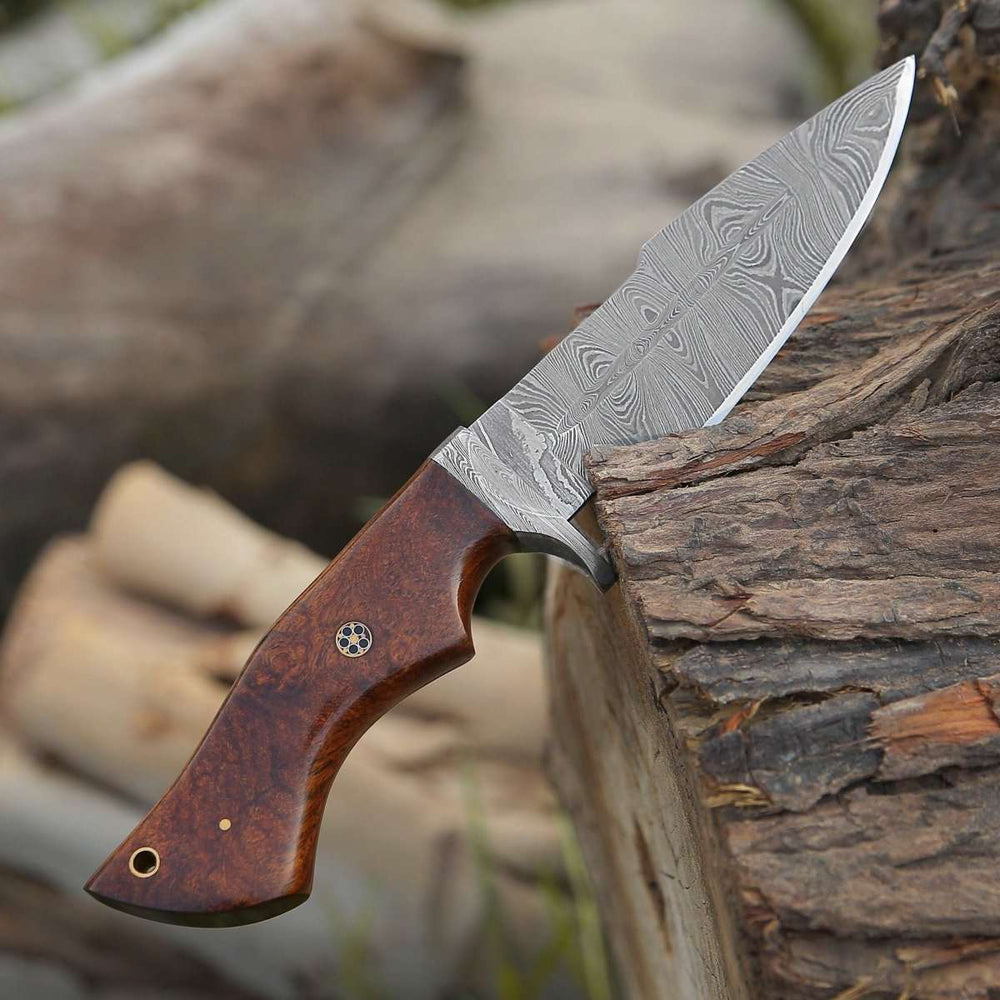
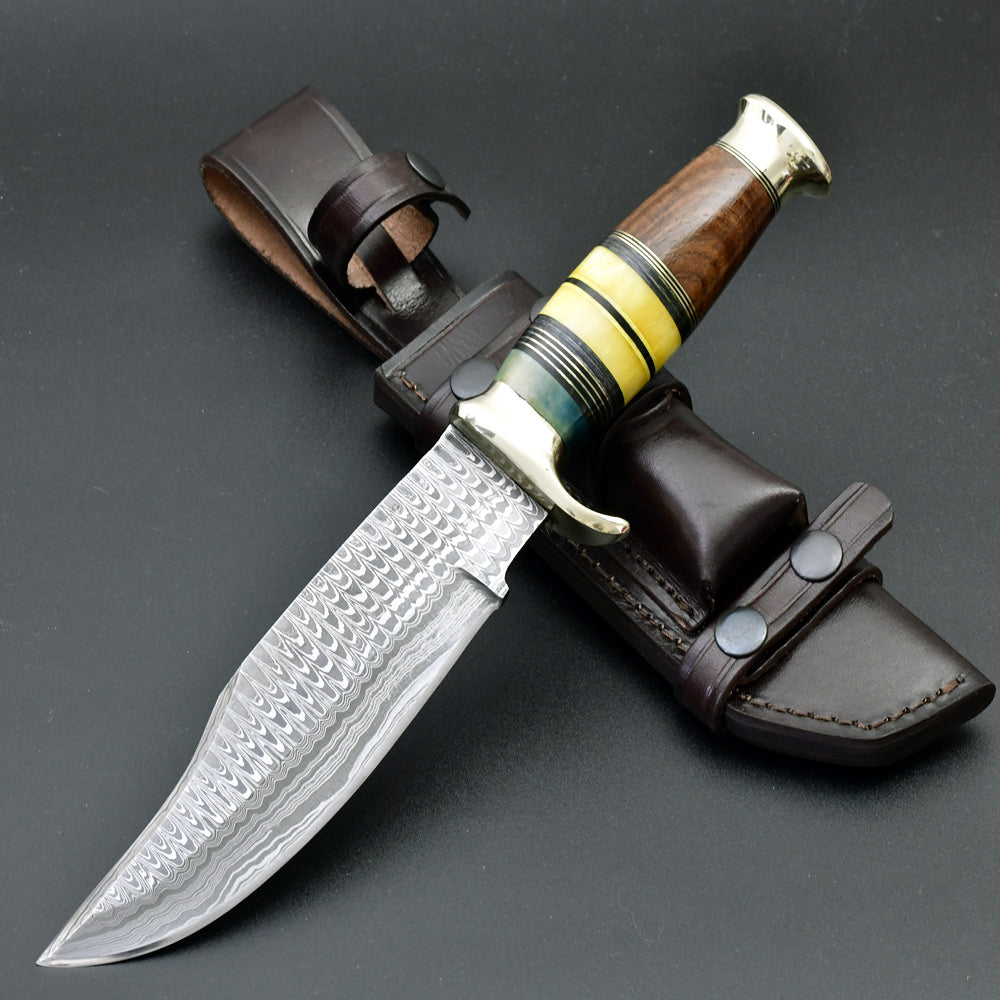
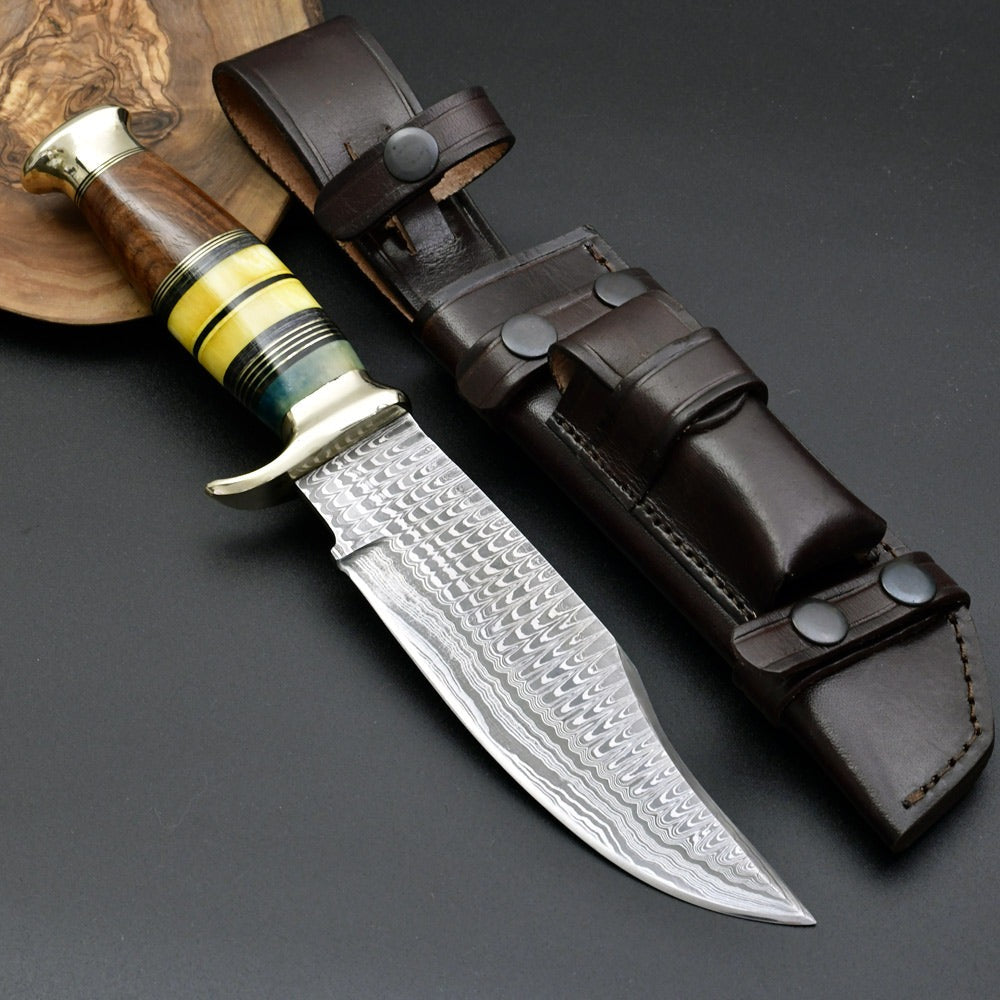

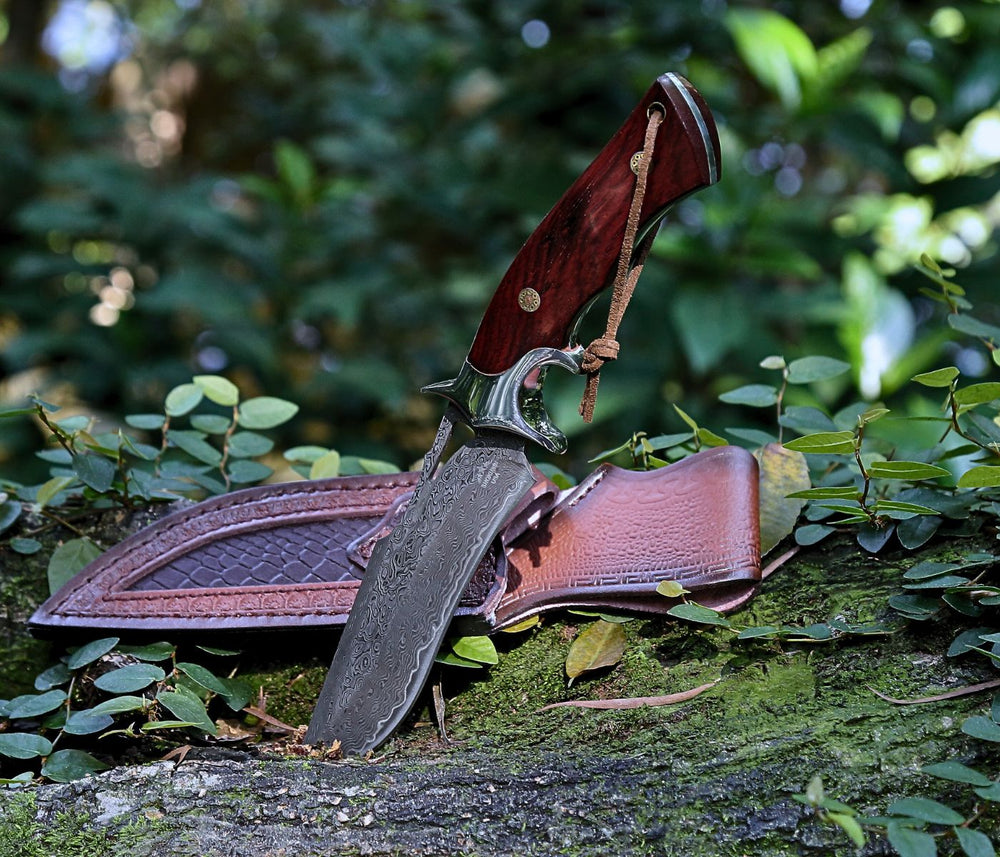
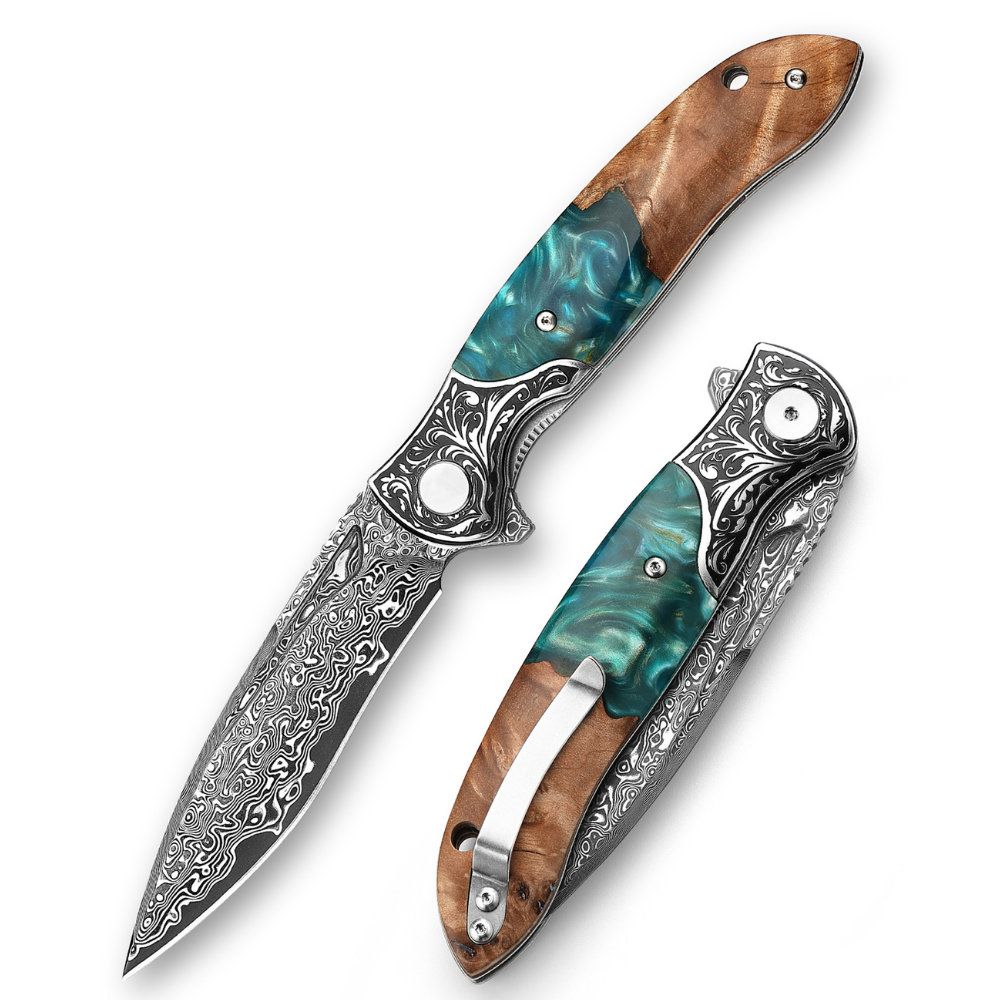
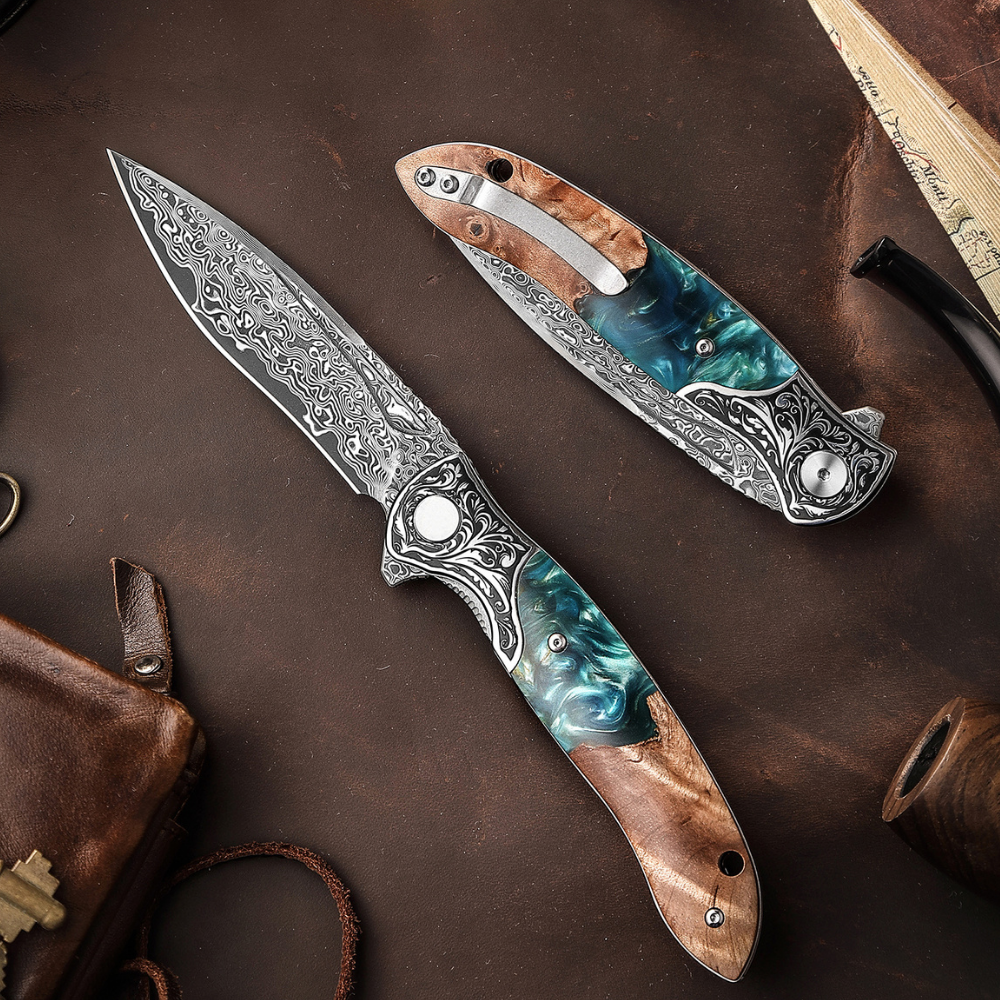
Leave a comment